We founded Supreme Enterprises LLC to bring our clients value through top-quality services, equipment, and experience. With over 16 years of experience, we have built a national reputation and are conveniently located in central Kentucky. When choosing between trenching and excavation for your site’s foundation, there are several factors to consider. Trenching and excavation are two different methods of digging into the earth. Each method has its advantages and challenges that can make one better than the other for a particular use.
What To Expect From Trenching
Trenching is a method of digging typically used to install underground pipes and other utilities. The process involves using heavy machinery to dig a trench where the utilities are installed. Since trenches are dug out by hand, it can be time-consuming. However, the results are usually worth it since the trench will be deep enough for most applications, and you don’t have to worry about damaging any existing structures on your property.
Trenching is typically used when obstacles, such as large rocks or tree roots, are in the way of a project that would make traditional digging impossible or very expensive. In these cases, it can be more cost-effective to cut out a section of sidewalk or pavement rather than try to move these objects out of the way during excavation work.
A trenching machine drills into the ground at an angle and removes the soil underneath it in chunks that can be easily transported away by dump trucks or other vehicles equipped with lifting equipment.
What To Expect From Excavation
Excavation is the more intensive process of the two methods. It involves removing all the dirt from the hole, which can be time-consuming and costly if done by hand. However, it does allow you to dig a deep, narrow hole that can be used for drainage purposes.
When excavating, you will experience many benefits, such as:
Lower Cost – This is because excavation has lower equipment costs than trenching, so it can save you money when buying equipment. Additionally, since you don’t need as much machinery or labor as trenching requires, it’s also cheaper than trenching.
Easier Access – Because excavators have larger buckets and reach deeper into the earth than other methods like wheelbarrows or shovels, they give workers easier access to where they need to go to complete their work efficiently without having any issues along the way. This means that it’s easier for them to get exactly what they need from each job without having to worry about getting stuck or not being able to access certain areas properly due to size constraints on their tools or equipment.
Comparing Each Method
Trenching and excavation are two common methods of digging holes for construction. Both methods involve removing soil, but the process is different.
Trenching is a method of laying pipes for sewer lines or utility lines. It involves digging a narrow trench with a backhoe to lay the pipe, then covering it with dirt. This method can be used for other types of pipes as well.
Excavation is a term that encompasses several different types of excavations, including ditches, trenches, and open cuts. Excavation can be done on residential or commercial properties, although contractors usually do it with the proper equipment and expertise to do so safely and efficiently.
How To Tell Which Method Is Best For Your Needs
The main difference is that trenching involves digging a narrow trench, while excavation removes soil from an area to allow access to underground utilities, such as water and sewer lines. When you need to dig into the ground, you may be wondering which method is best for your needs.
Here are some factors that can help you decide:
Cost: Trenching requires less equipment and labor than excavation, so it’s generally less expensive than excavating. However, if you need to remove an entire section of concrete or asphalt, then this may not apply. For example, if you need new storm drainage pipes installed and run under an existing driveway or sidewalk slab, trenching would not be possible because those areas would need to be removed first. In that case, excavating would be required to install new pipes below the existing area without disrupting traffic flow on anything above it (such as traffic).
Time: The amount of time needed will vary depending on project size and depth but generally speaking, trenching takes more time.
Supreme Enterprises LLC
The differences between trenching and excavation are not difficult to explain, but the thought process behind each is quite different. Both methods have advantages and disadvantages, which will be included below. As a contractor, you need to consider each method in terms of your budget, timeframe, and job size.
The two main differences between trenching and excavation are financial and environmental. Trenching is cheaper than excavation but more dangerous because it involves sending heavy equipment through roadways. Excavation can be more environmentally damaging because it exposes loose soil or other contaminants to rainwater runoff.
When you hire an expert contractor like Supreme Enterprises LLC to do the work for you, your property won’t be damaged during excavation because they know how to protect it while working. They’ll dig up your lawn carefully, so they don’t tear up any of your landscaping or leave any holes behind after they’re done working on your project. This helps ensure that when they’re done working on your project, there won’t be any visible signs that anything happened to your lawn.
Contact Supreme Enterprises LLC today for more information.

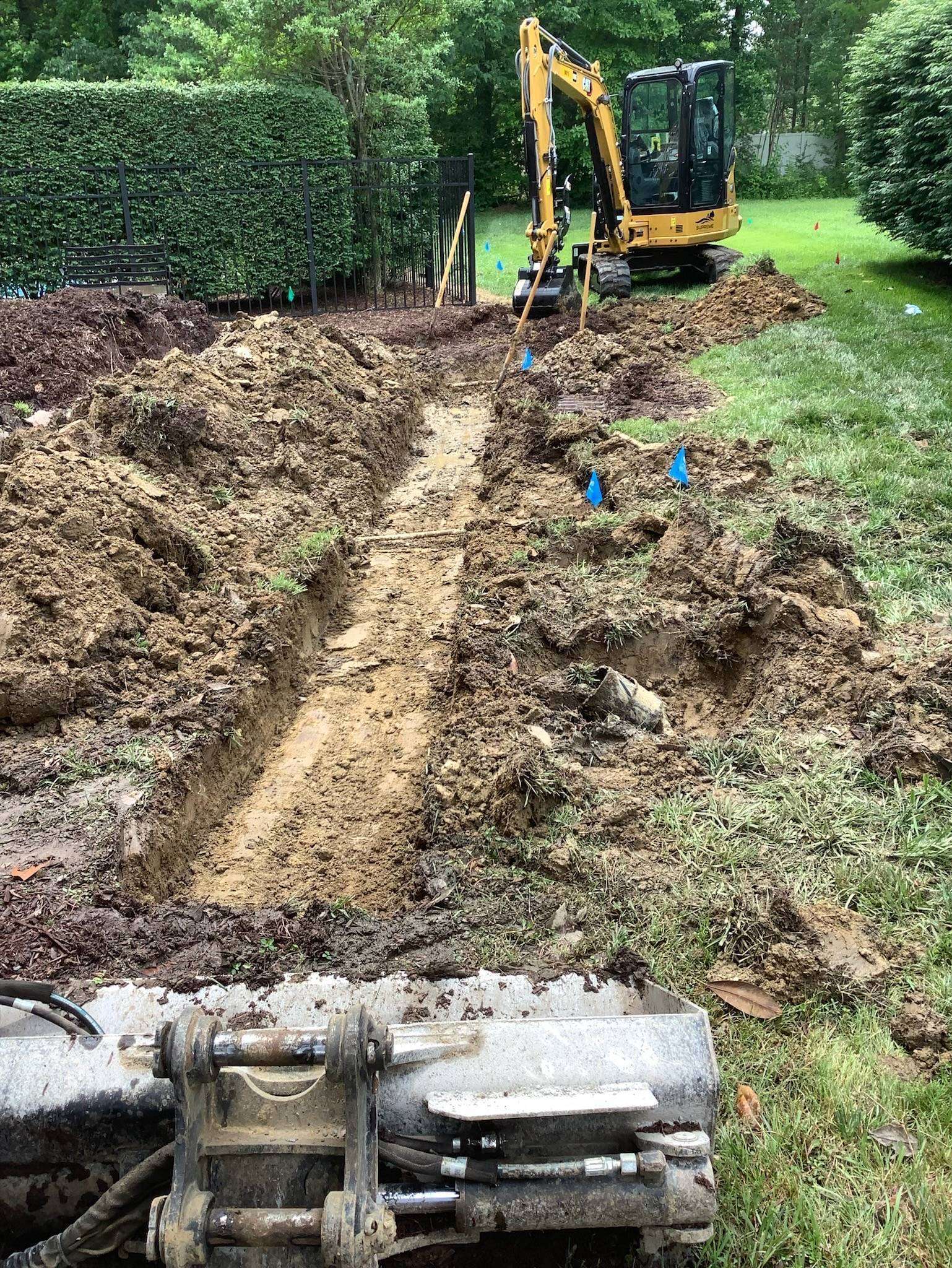
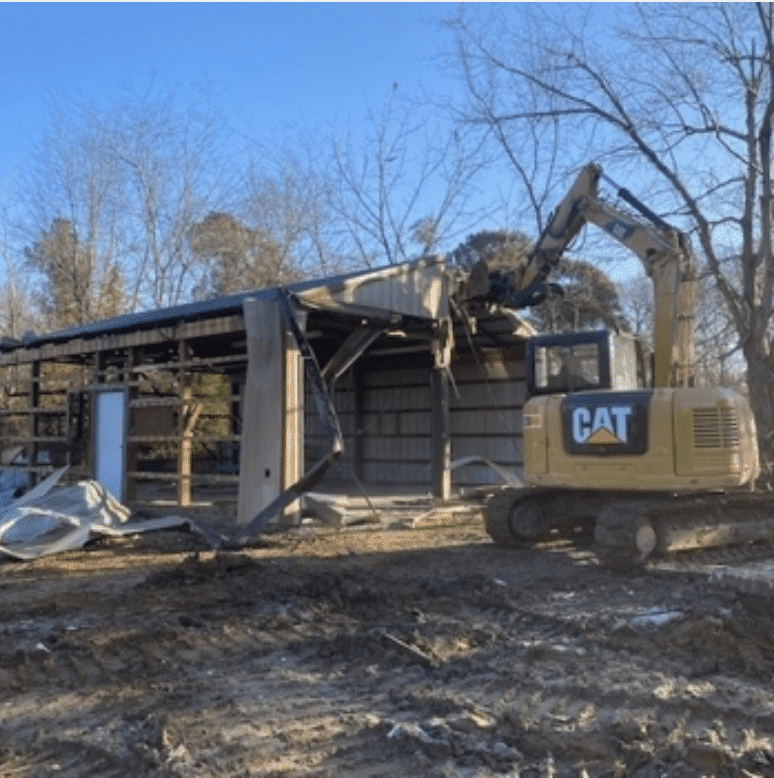
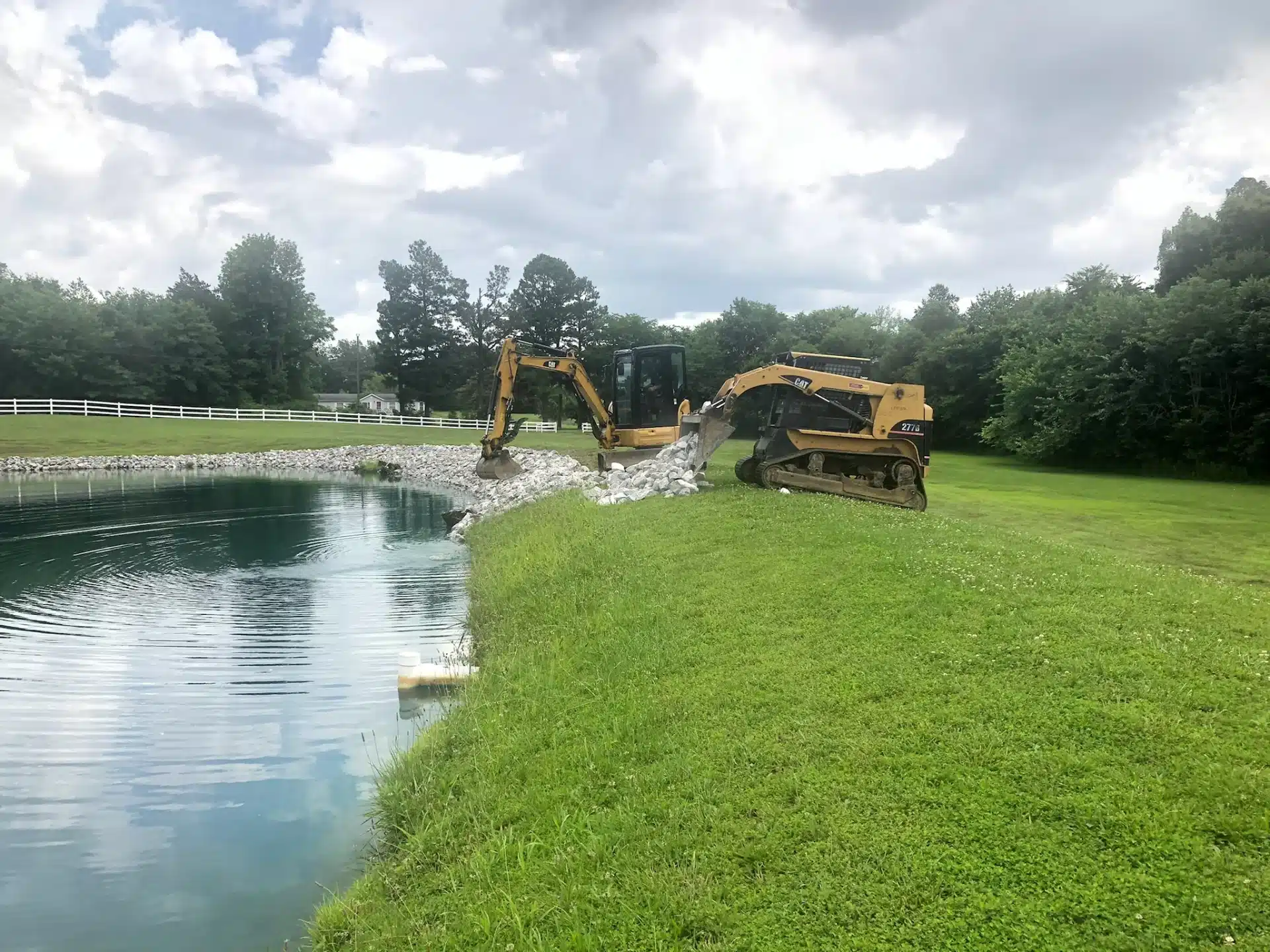
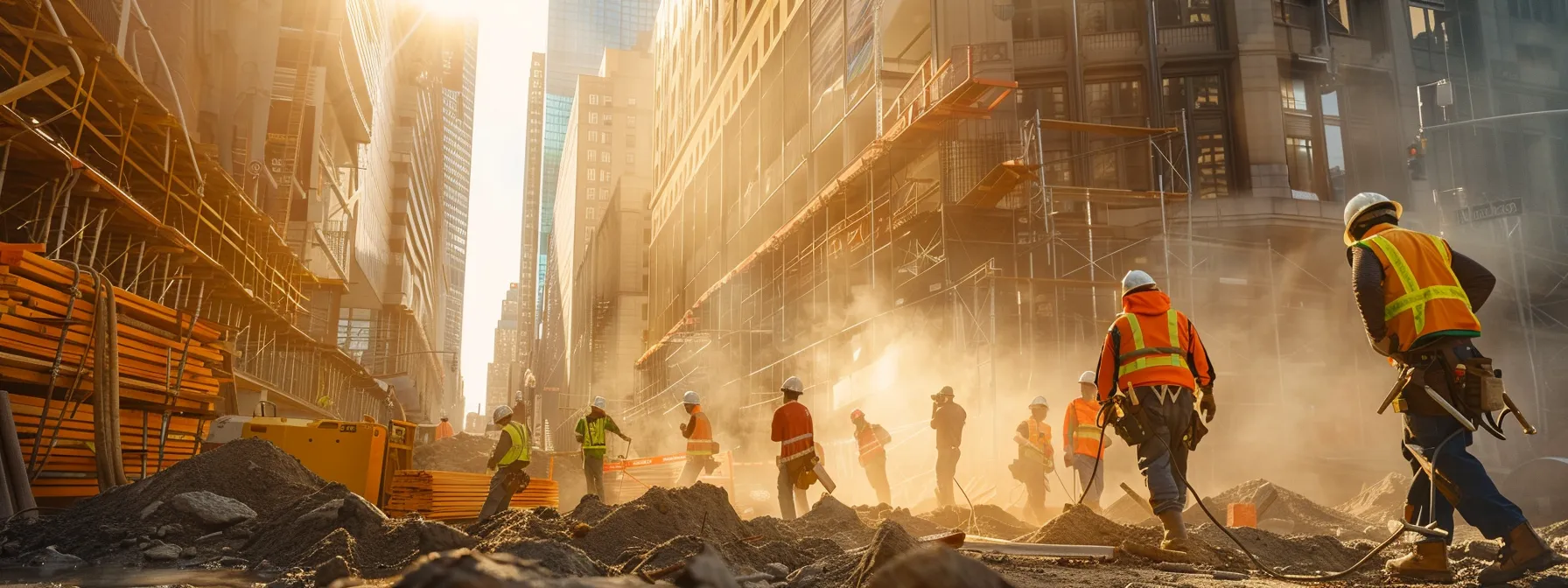
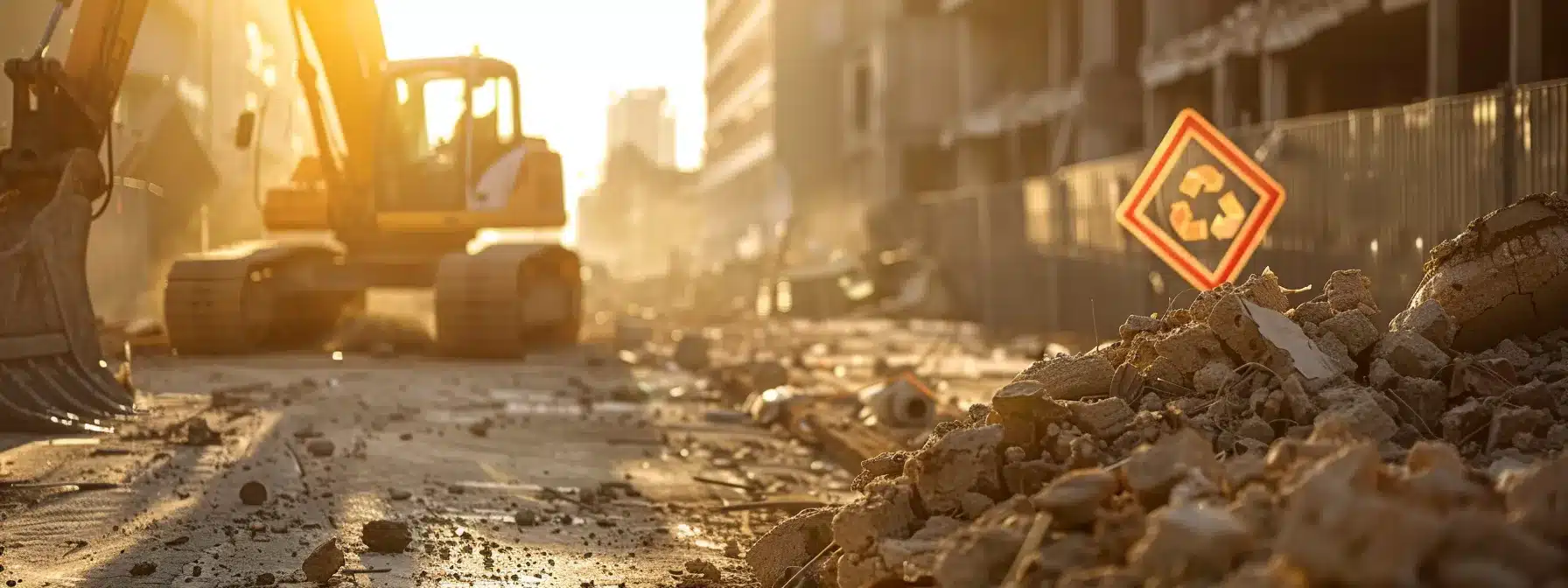

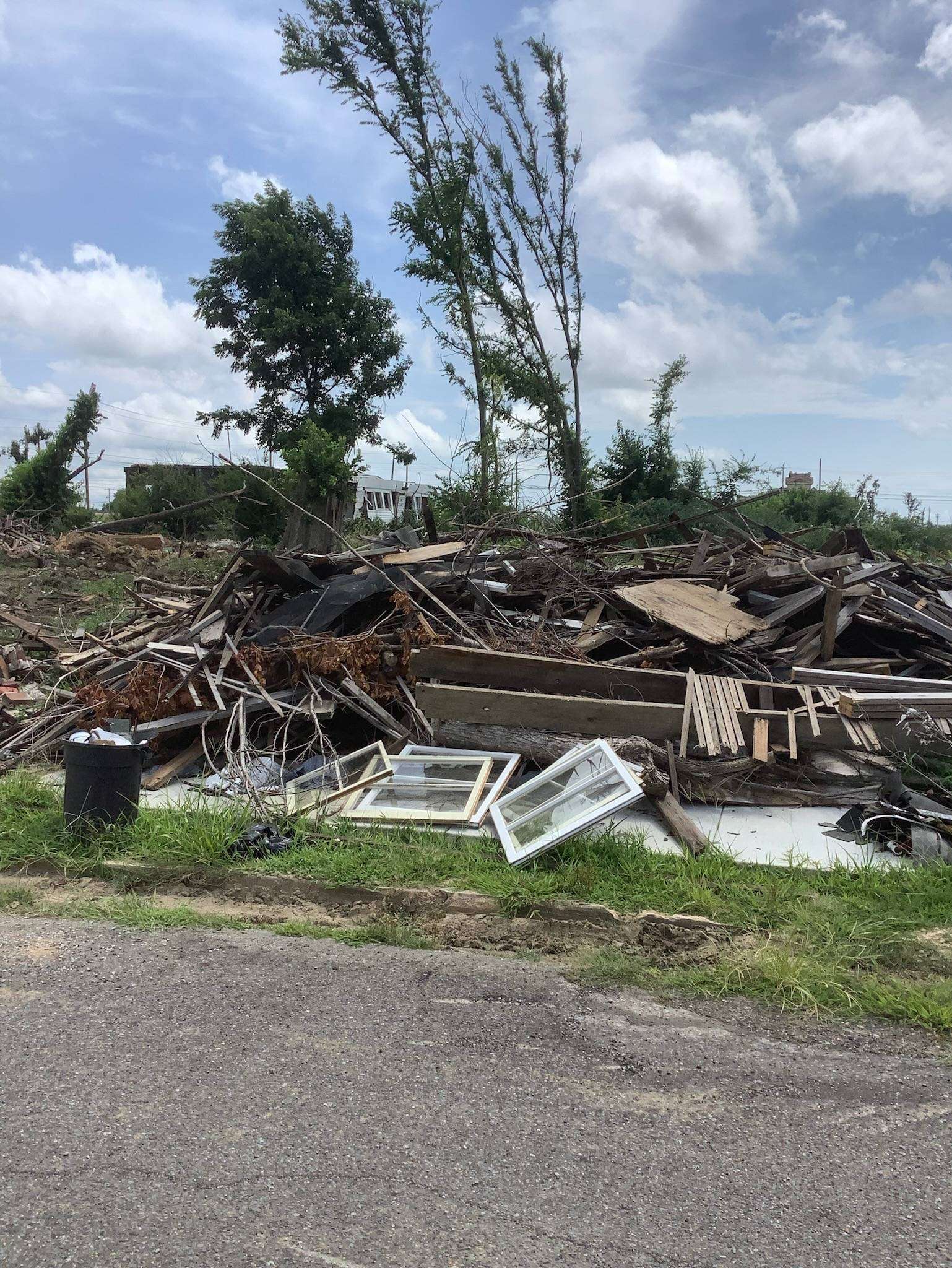






This Post Has One Comment
As a Senior Excavator Contractor with 10 years of experience, I’d say:
Supreme Enterprises LLC offers a comprehensive overview of trenching versus excavation, highlighting key differences and considerations for each method. Their emphasis on cost and environmental impact is valid, but it’s crucial to also consider project-specific factors like soil conditions and existing infrastructure to choose the most effective approach. Both methods have their place, and selecting the right one depends on a careful assessment of the site and project requirements.